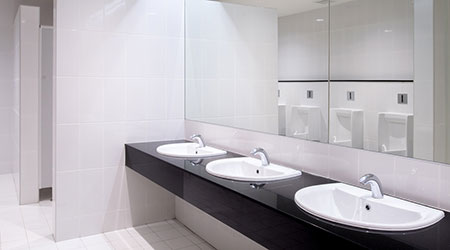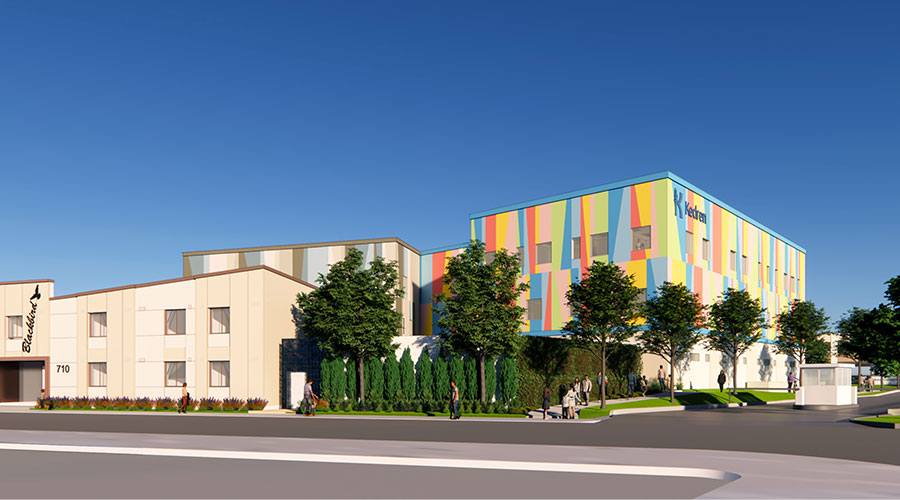Water conservation is a high priority in most institutional and commercial facilities, with many regions of the country facing strict limits on water use. While many of these limitations focus on irrigation limitations, the water facilities use also has come under much closer scrutiny, according to an article from Facility Maintenance Decisions on the FacilitiesNet website.
Before undertaking a plumbing or restroom upgrade, managers need to determine the goals of the project as they relate to their facilities’ current water use and anticipated water needs. They also need to focus on the key plumbing products — toilets, urinals and faucets — whose performance and reliability will go a long way toward determining the overall success of the project.
When planning projects to conserve water, managers typically focus on flush and flow fixtures. Flush fixtures include toilets and faucets, and flow fixtures include faucets.
To ensure a project’s success, managers should become familiar with several national green building standards, many of which have similar maximum flush and flow rates across all fixtures. These references include:
• CalGreen, the nation’s first mandatory green building standards code
• Leadership in Energy and Environmental Design (LEED) rating system
• ASHRAE Standard 189.1 — International Green Construction Code
• ASHRAE Standard 191 — Standard for the Efficient Use of Water in Building Mechanical Systems
• IAPMO Green Plumbing and Mechanical Code
• International Green Construction Code.

 AI-Driven Facilities: Strategic Planning and Cost Management
AI-Driven Facilities: Strategic Planning and Cost Management  Double Homicide Suspect Hides from Police in Upstate Community Hospital
Double Homicide Suspect Hides from Police in Upstate Community Hospital McCarthy and HOK Break Ground on Kedren Children's Village
McCarthy and HOK Break Ground on Kedren Children's Village Thousands of Healthcare Workers Laid Off
Thousands of Healthcare Workers Laid Off Construction Tops Off at Hackensack Meridian Health and Wellness Center
Construction Tops Off at Hackensack Meridian Health and Wellness Center